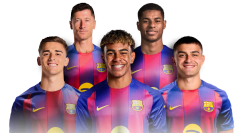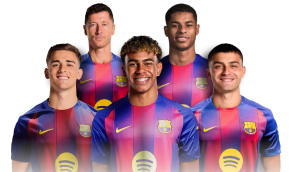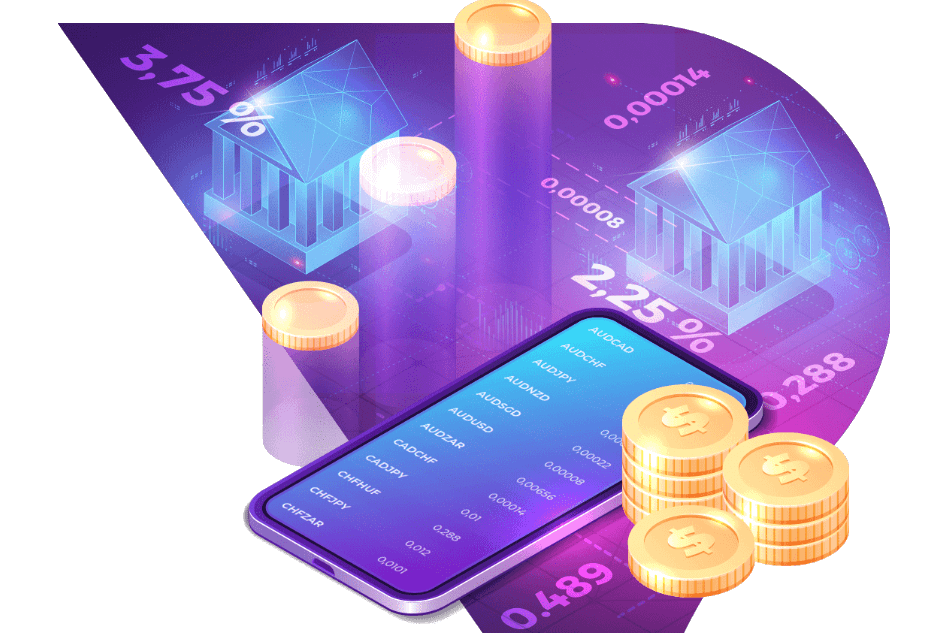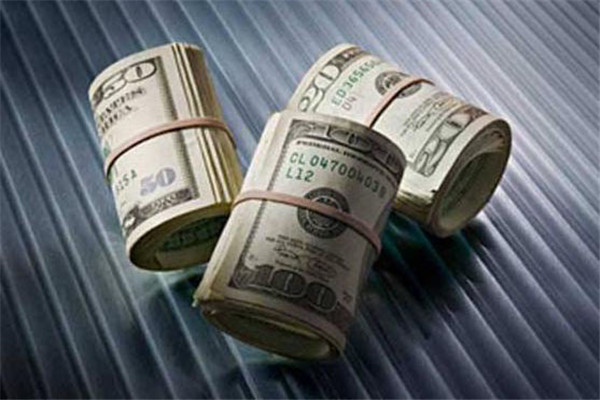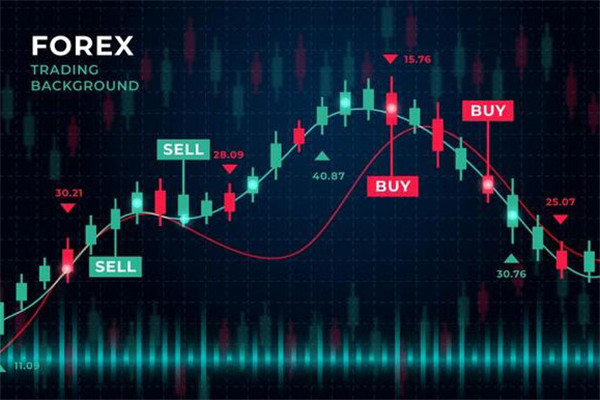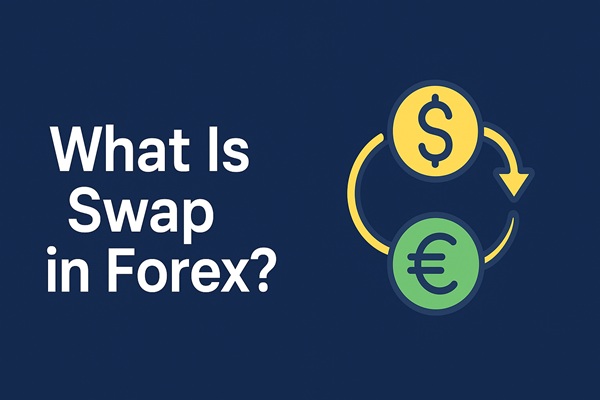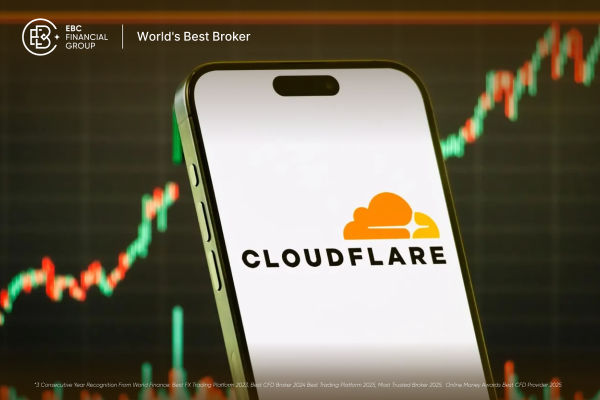Interest rates can take various forms, and any two different forms can be
converted to each other through interest rate swaps. There are three main types
of interest rate swaps: coupon swaps, base swaps, and cross-currency interest
rate swaps.

1. Fixed-to-Floating Swap (Coupon Swap)
A coupon swap is a swap between fixed and floating rates of the same currency
in which one party pays a series of fixed-rate interest payments to the other
party in exchange for a series of floating-rate interest payments paid by the
other party. From the perspective of the counterparty, it is to pay a series of
floating interest rate interest payments in exchange for a series of fixed
interest rate interest payments. This is the most basic and common trading
method in interest rate swaps, and both parties do not exchange cash flows for
principal. Most coupon swaps are denominated in US dollars, while small coupon
swaps are also denominated in British pounds, Swiss francs, Deutsche Mark,
Japanese yen, and other currencies, but this situation is rare.
2. Floating-to-Floating Swap
A basic interest rate swap is an interest swap between floating interest
rates of the same currency based on different reference interest rates and
floating interest rates; that is, a floating interest rate swap of one reference
interest rate is exchanged for a floating interest rate of another reference
interest rate. In a basic interest rate swap transaction, both parties pay and
receive interest payments at two different floating rates. The interest amount
of both floating interest rates is calculated based on the same amount of
nominal principal. For example, the three-month USD Libor is used to calculate
the US commercial paper hybrid interest rate. Basic swaps account for over one
tenth of the swap market share, and there is still relative growth at present.
The vast majority of basic swaps are used by traders who have already entered
into two types of coupon exchanges.
3. Fixed-to-Float (Currency Swap)
A cross-currency interest rate swap is a swap of different interest rates for
different currencies, that is, the exchange of a fixed interest rate of one
currency with a floating interest rate of another currency. In other words, in a
swap transaction, there is an exchange of different currencies (such as the
Japanese yen against the US dollar) and different interest rates (such as a
fixed interest rate against a floating interest rate). The most typical example
of this type of exchange is the exchange of US dollar floating interest rates
with non-US dollar fixed interest rates, such as the 3-month exchange of US
dollar floating interest rates with fixed interest rates in Japanese yen. Some
traders view this arrangement as a single transaction, while others
differentiate between the composition of cross-currency and interest rates. This
type of swap began in the European capital market in 1984 and is also known as
the 'reverse belly-breaking' swap transaction.







